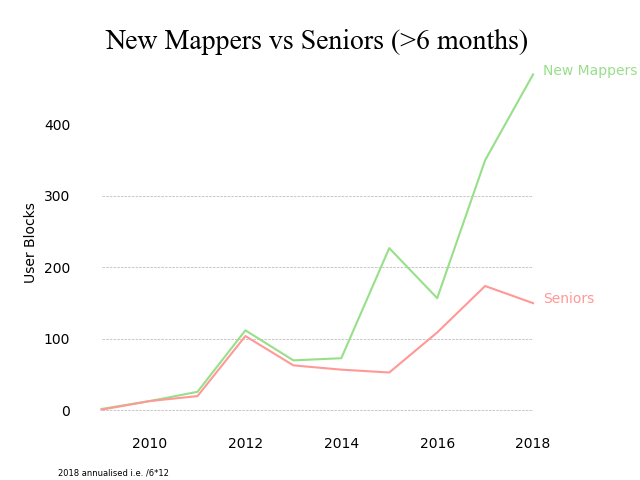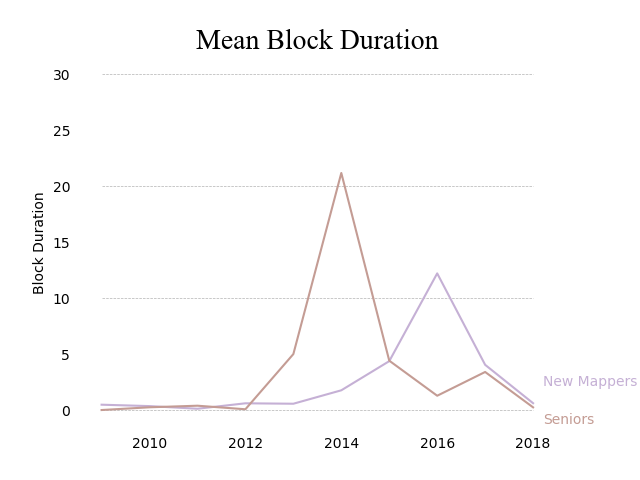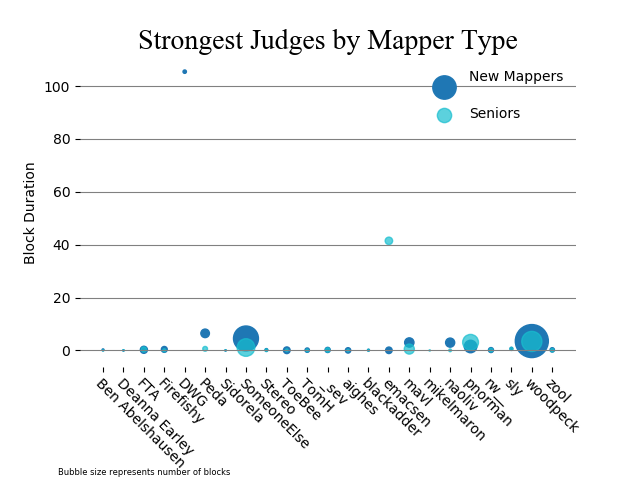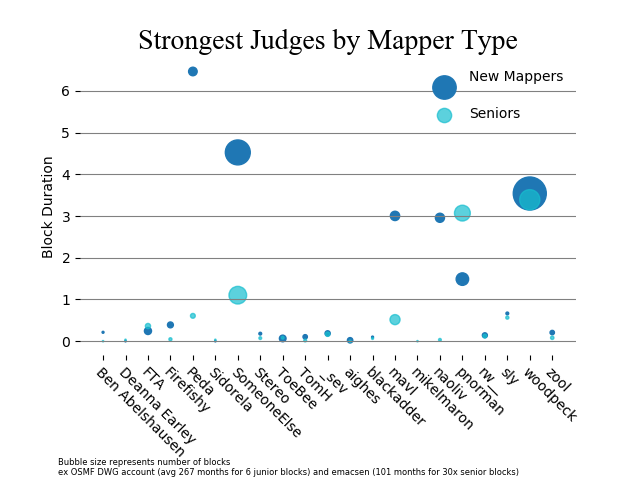When I start using OSM’s website, I must agree with the Terms of Use with 2873 words, already exceeding Instagram’s Terms of Use which comes with 2622 words.
In OSM’s Terms of Use I am pointed to the Privacy Policy with another 3409 word. Then I should read the Copyright and License website with 607 words. This site explains that OSM’s data is licensed under ODbL with 4148 words and the tiles are made available under CC BY-SA 2.0 with 2221 words. It also explains that OSM has a Trademark Policy with 3256 words. If I have not given up and decide to contribute to OSM, I must agree on the Contributor Terms with 883 words.
With a subtotal of appr 17.3k words, we have exceeded the US constitution with 4543 words, the US Bill of Rights with 7591, Macbeth from Shakespeare with 17121 words and Microsoft’s ToS for its entire suite of products having 15260.
Let’s assume you like experimenting with OSM and set up a website with a map and some OSM based services around…just for demonstration. You are expected to read the Tile Usage Policy with 651 words, the Nominatim Usage Policy with 601 and the API Usage policy with 488. If you are starting, you probably don’t need to care about the Banner Policy with only 284 words and the New Tile Layer Policy with 399.
After you are through all of that but before you start editing, you should making yourself familiar with the non-legal guidelines such as for Mechanical Edits and Import (maybe more), and if you want to join discusssions with the community there exist a draft for the Community Code of Conduct and you should consider reading the Etiquette and Suggested code of conduct for OpenStreetMap Mailing lists
Is it planned to create a “Legal Planet File” will all the text and made a minutely replication possible as with so many documents chances are high that one changes?
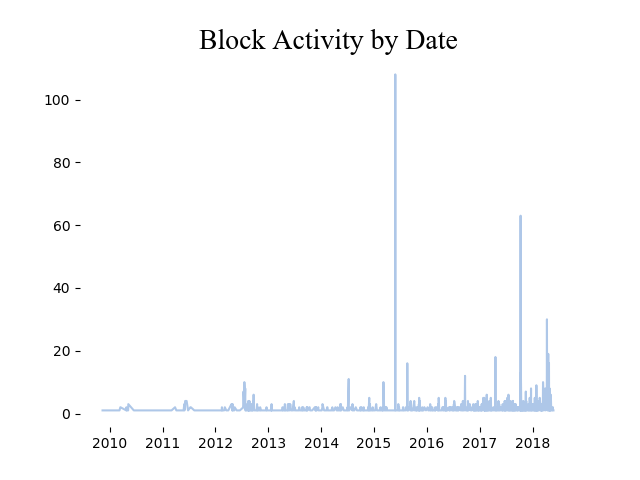
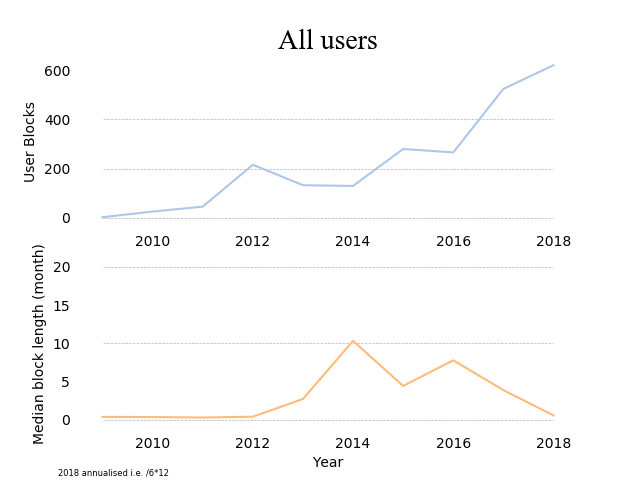 On the other hand, the median block duration is at a very low level. (in case someone does not like annualisation, here is a
On the other hand, the median block duration is at a very low level. (in case someone does not like annualisation, here is a 